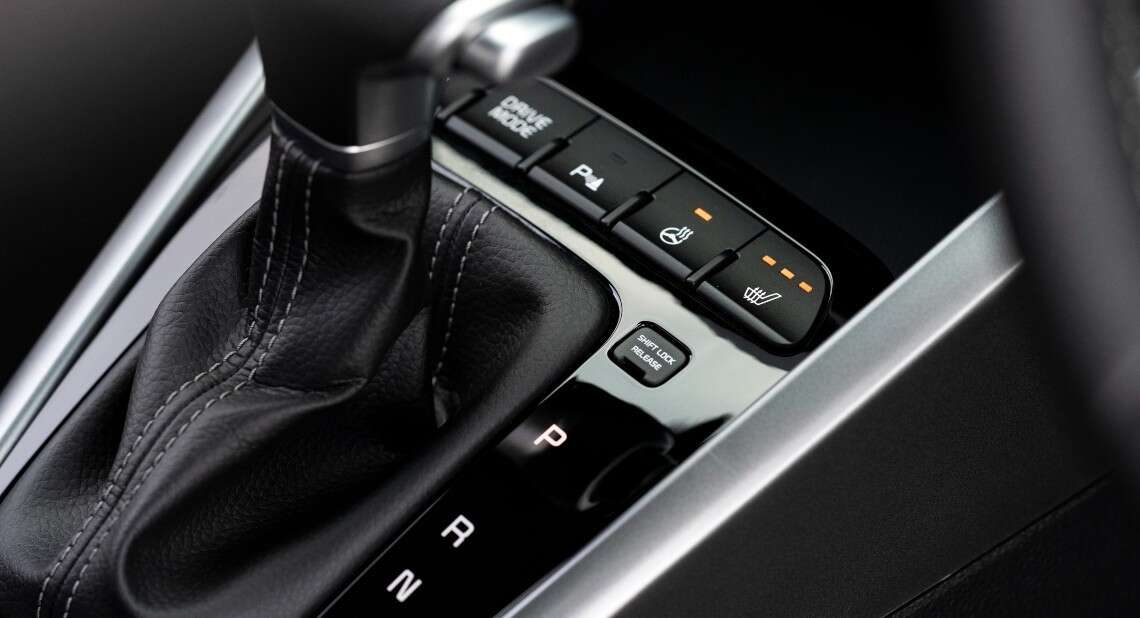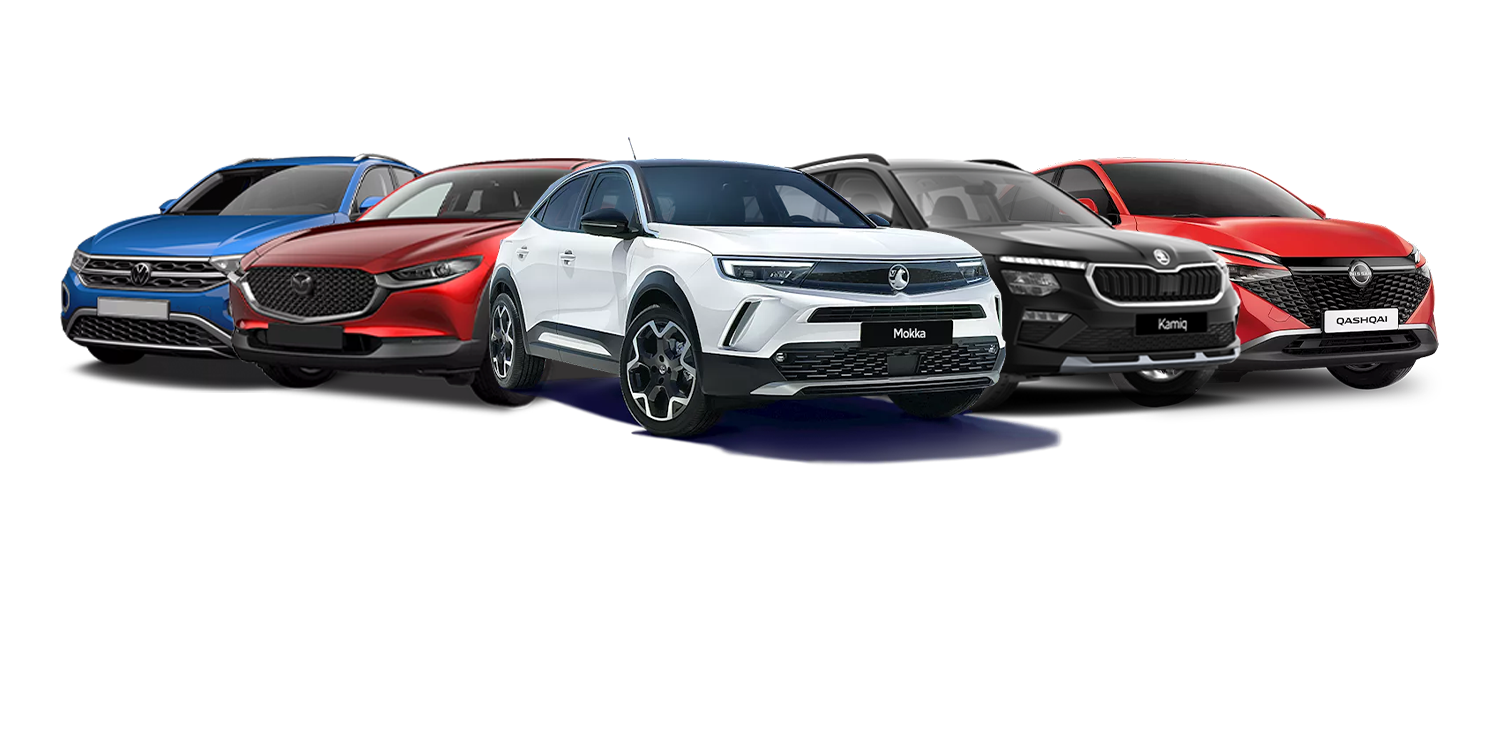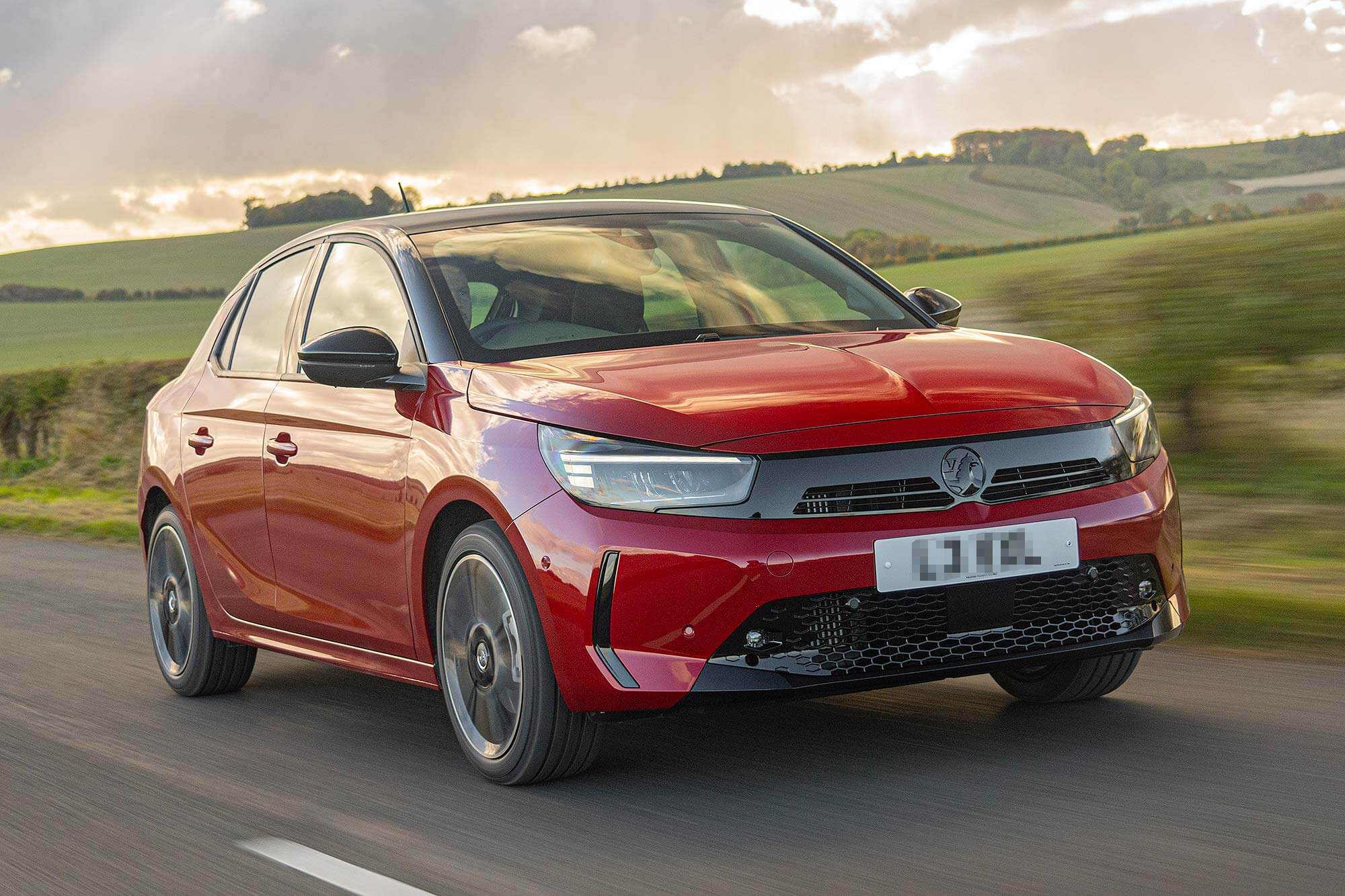What are the main differences between driving an automatic and a manual car? And is it easy to make the switch? Keep reading to learn about the rising popularity of automatic cars, and the main differences between manual and automatic vehicles. Plus, we share some top tips to help you make the switch.
Are automatic cars becoming more popular?
Not so long ago, automatic gearboxes were a rarity – the preserve of more expensive cars. But over the past few years, they’ve become a more popular choice. In 2021, the SMMT (Society of Motor Manufacturers and Traders) reported that around a quarter of all cars on UK roads were automatics.*
What’s more, the number of young drivers choosing to take their tests in automatic cars has tripled since 2008, says the DVSA (Driver and Vehicle Standards Agency). Only 3.8% of tests were taken in an automatic back then, and now it’s closer to 14%.
One thing’s for sure: we’re moving towards an automatic-only future. This is because the UK government banned the sale of new petrol and diesel cars after 2030, with electric cars set to replace them. All electric vehicles (EVs) are automatic, in the sense that they don’t have a conventional gearbox. They simply have two pedals, one for accelerating, the other for braking.
To help you with the switch to electric, here are a few things you’ll need to know.
How to drive an automatic car
Understanding the gears
The most notable difference between a manual and an automatic car is the extent of driver engagement required to drive the car. As most people are aware, manual cars have three pedals, clutch, brake and accelerator, and the driver has to change the gears as the car goes faster or slower.
An automatic gearbox changes gear for you and only has two pedals: a brake and an accelerator. It still has a gear selector, but moving between the settings (Drive, Reverse, Neutral and Park) does not involve using a clutch.
- Drive will select gears automatically and allow the car to move forwards.
- Reverse acts the same as a reverse gear in a manual and should be selected when you need to drive backwards.
- Neutral is the same as knocking a manual gearbox out of gear. It can be used (along with the handbrake) if the car is stopped for a short period of time (for example in stationary traffic).
- Park should only be used when the car is stopped, and the driver is getting out of the car. This ‘locks’ the transmission, preventing it from rolling away, but the handbrake will still need to be applied when the car is parked.
So, automatics are certainly simpler and smoother to drive and just involve pressing the accelerator pedal or brake when needed – the gearbox will do the rest.
Adjusting to the pedals
It may seem logical to use your left foot for braking and your right foot for acceleration. However, this is not recommended unless you have adaptations on your car, or an impairment which means you need to do this. Try to get used to just using your right foot to move between the pedals because pushing both down at the same time can be dangerous.
It is also worth keeping in mind that a car with an automatic gearbox will move forward or “creep” when you remove your foot from the brake pedal. This can be a very useful function in stop-start traffic in comparison to a traditional manual gearbox, where using a clutch pedal over long periods of time can become tiring.
Taking time to learn
Automatic cars are much easier to drive – especially for town driving. They can also be great for people with limited mobility because they don’t require the use of a foot-operated clutch pedal.
The best advice when switching from a manual to an automatic is to take time to get used to how it works. Practise somewhere out of the way before you hit any busy roads. It shouldn’t take long to get used to keeping your left foot out of the way and your hand off the gearstick.
Automatic gearboxes: the pros and cons
Pros
- Easier to use: The gears are changed automatically, so there’s no listening out for revs and changing up and down like in a manual car.
- Smoother ride: Because the transition between gears is done automatically, it is often much more seamless than if you are driving a manual car.
- Less risk of stalling: if you’ve learnt to drive a manual car, you’ll know that accidentally stalling in traffic or when driving uphill can be stressful. With an automatic car, you’re unlikely to stall, unless there’s a mechanical fault.
- Fuel economy: Modern automatic transmissions are optimised to deliver the ideal balance of performance and fuel efficiency.
- Safety: Some drivers feel safer in an automatic car because you can keep both hands on the wheel, and focus on the road ahead.
- Simpler for learners: Automatic cars are easier to learn to drive in, because there’s no need to think about gears and this gives you more time to focus on mirrors, speed and other road users.
Cons
- Upfront cost: Traditionally, automatic cars have been more expensive to buy or lease than a manual car. However, there are still plenty of affordable automatic options available on the Motability Scheme – you can find these on our ‘Find a car’ tool.
- More complex mechanics: The design of an automatic is more complicated than manual gearboxes, which means they can be more expensive to repair. That said, if you’re on the Motability Scheme your car’s servicing and maintenance are included as part of our worry-free package.
- Can be limiting: If you learn to drive in an automatic, you won’t be allowed to drive in a manual car. This is something to consider if you’re thinking about learning to drive.
- Less fun: Some car enthusiasts argue that automatics are less exciting to drive than cars with manual gearboxes, although this is really a case of personal preference.
Automatic cars available on the Motability Scheme
There are lots of automatic cars available on the Motability Scheme. You can browse the full list using our ‘Find a car’ tool.
Interested in joining the Scheme?
The Motability Scheme offers an all-inclusive package. If you are in receipt of a qualifying mobility allowance you can use it to lease a car, scooter, powered wheelchair or Wheelchair Accessible Vehicle (WAV).
As well as having access to a brand-new vehicle of your choice, your Scheme lease also provides a worry-free package – which means that breakdown cover, servicing and maintenance are all included in the price you pay.
*Data from the SMMT website
Related articles
What could the future of driving have in store for motorists?
Latest Motability Scheme Price List: There’s Even More Choice
![]()





